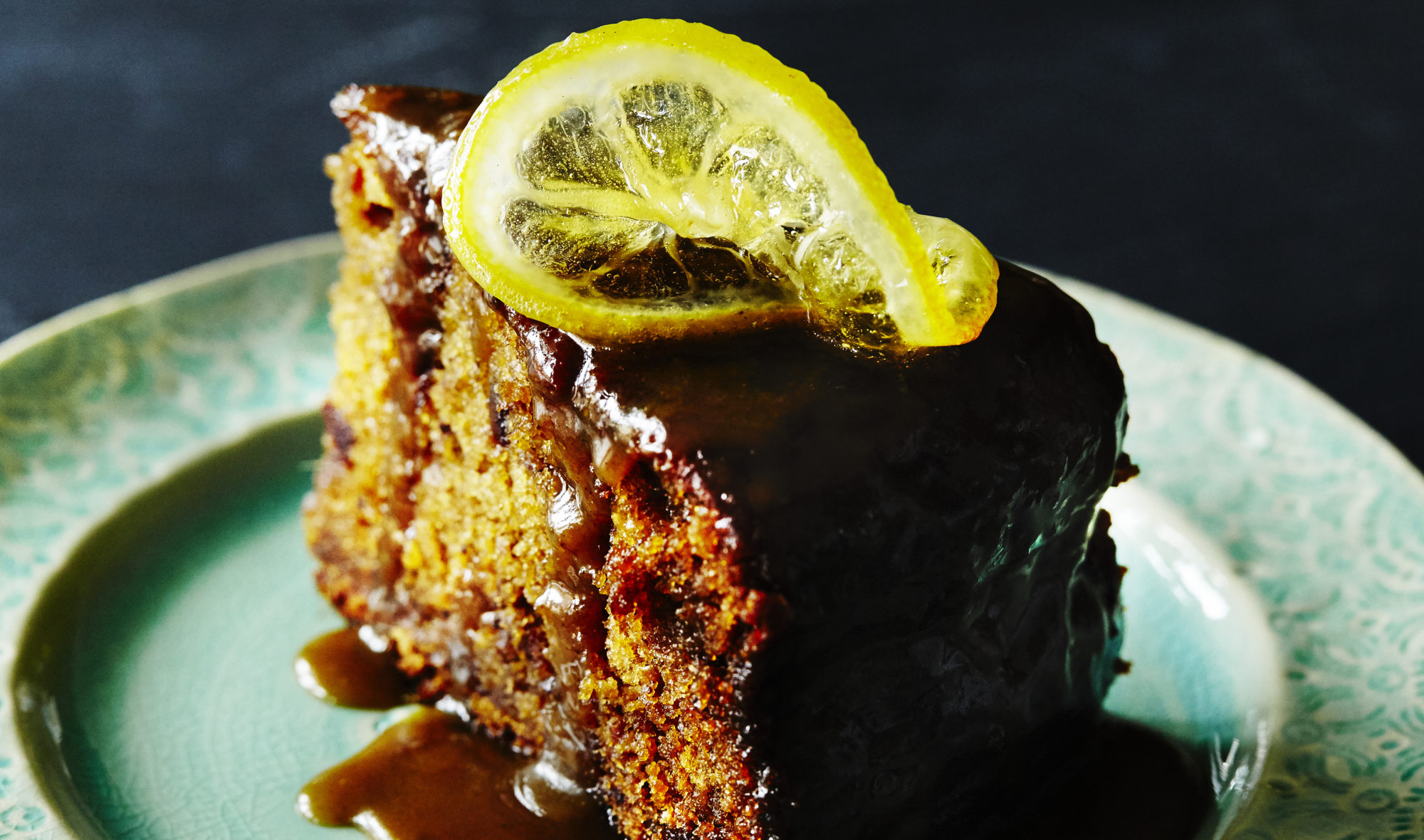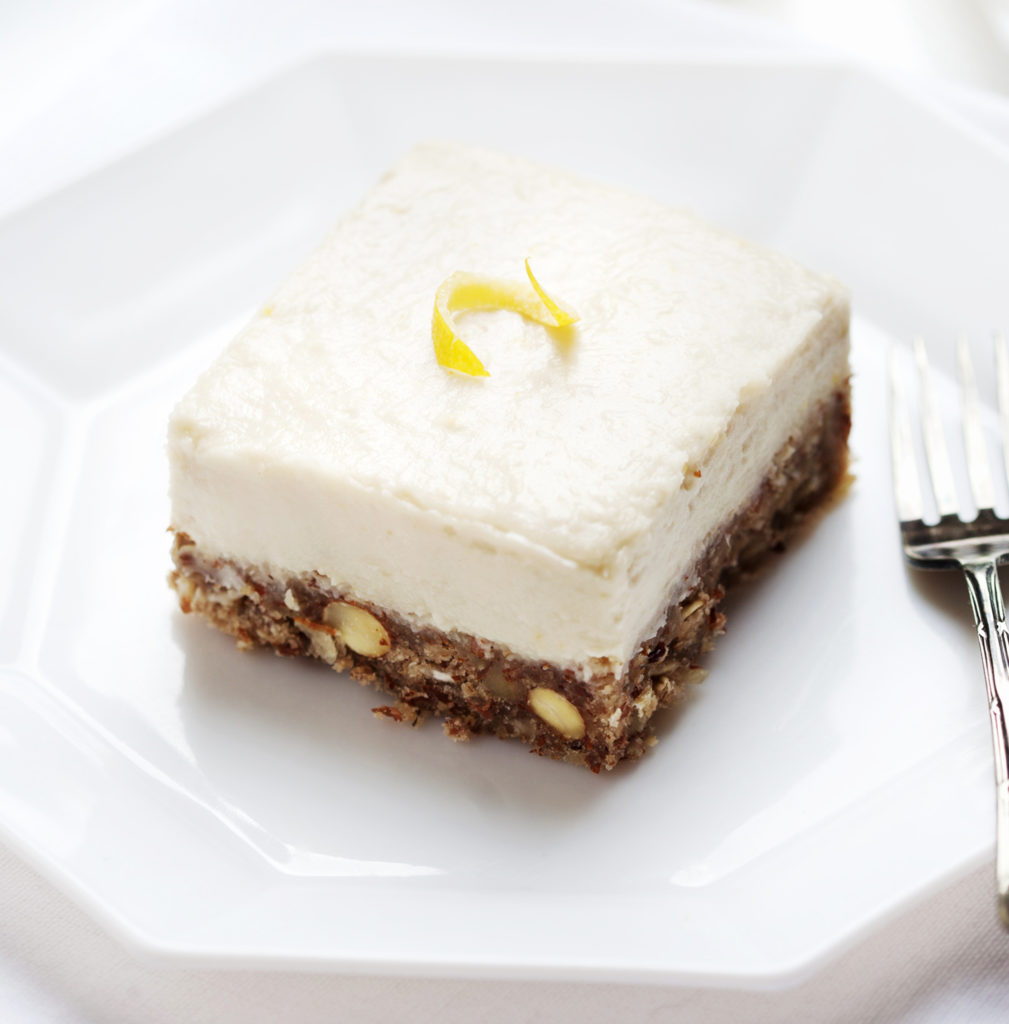Lemon


Lemons are used all over the world in a variety of culinary, cleaning, and therapeutic preparations. Oval shaped and bright yellow, lemons have a firm rind that is covered in tiny oil glands that look like pores. Inside, lemons contain juicy segments bearing a cheek-puckering, tangy liquid. Lemons are an excellent source of vitamin C, and were used to prevent scurvy in individuals with limited fresh food options like sailors and miners. Generally, it is the juice and the zest of lemons that is consumed, unless you are a baby on YouTube, in which case you will be encouraged to eat a wedge of the whole fruit, much to the shock of your grimacing mouth.
What is the fruit that can be used to clean kitchenware, whose scent is used in aromatherapy to lift mood, and whose juice can cure the bleeding gums of pirates long at sea?
It’s lemon!
The ubiquitous lemon, versatile and practical, is a household staple. Both its juice and zest are used as culinary ingredients to add a tart brightness to dishes. Lemon also acts as a mild food-preservative, preventing food from oxidizing. The volatile oil extracted from its peel is used in aromatherapy to energize and uplift, or to polish wood. In cleaning agents, lemon acts as a deodorizer, disinfectant, and gentle bleaching agent. Significantly, its curative use on scorbutic sailors led to the discovery of vitamin C.
Perhaps most importantly, cheek-puckering lemons are the catalyst that launched the epic YouTube tag “Babies eating lemons”.
Lemons are thought to have originated in China or India, and today, the biggest producer of lemons is still India. Other top global cultivars include Argentina, Spain, Iran, and the US (primarily California).
While there are several varieties of lemon, the one most commonly found in North American grocery stores is the Eureka lemon.
The bright yellow Eureka lemon is oval-shaped with two little raised projections on opposing ends, and has a firm rind. If you look closely at this rind, it will appear to have “pores”. These pores are actually oil glands which store the volatile and highly aromatic lemon oil. Inside, the rind hosts fleshy half-moon segments which in turn are filled with tiny, delicate juice-filled capsules. Within these segments, interrupting your enjoyment, are a smattering of seeds.
Lemons are extremely tart, owing to their citric acid (vitamin C) content, and often create a pinching sensation at the salivary glands.
Some other fun and notable lemons you may find are Meyer lemons and variegated pink lemons.
The Meyer lemon is a cross between a lemon and a mandarin. It has a thinner, smoother, golden-yellow rind and is sweeter and less acidic than regular lemons.
The variegated pink lemon has a ribbed rind with alternating yellow and lime green stripes, similar to the coloring of a watermelon. The flesh inside is a blushing pink.
The juice of one lemon (about 1.5 oz) has 11 calories, 0.2g protein, 0.1g of fat, 3.3g of carbohydrates, 0.1g fiber, and 1.2g sugar. Lemons are an excellent source of vitamin C.
Although less commonly consumed, lemon peels are also a good source of bioflavonoids, a type of plant polyphenol that has tissue strengthening, anti-inflammatory, and antioxidant properties.
Fresh lemons are widely available at most grocery stores and fresh produce markets.
To pick a good, juicy lemon, choose those that are heavy for their size, with relatively finely textured skin. A ripe and ready lemon will be fully yellow, free of green tinges. An overly mature lemon may show signs of wrinkling, or have soft or hard patches, or be dull in color.
Non-organic lemons are likely sprayed with pesticides and herbicides, and may be coated with a fine wax (used to protect lemons against trauma during shipping), so if you plan to use the rind, wash them well with food-safe soap or a specialized fruit and vegetable wash.
Alternatively, you can choose organic lemons, which, while free of these coatings, may still need to be washed to avoid bacteria encountered during handling.
Lemons can be stored at room temperature, away from sunlight, for about a week. Or, lemons can be stored in the fridge for about a month.
Both lemon juice and lemon zest can be stored in airtight containers in the freezer for up to six months.
Generally, it is the juice and zest of lemons that are consumed.
If you choose to eat an entire lemon, simply peel and eat as you would an orange.
To juice a lemon, you can either buy a fancy gadget from a kitchen accessory store, or perform the caveman method:
Roll the lemon under your palm over a hard surface to break up some of the juice capsules within, and then, using a sharp knife, slice the lemon in half. Over a loosely cupped (clean) hand, squeeze the lemon over a bowl. Your hand will act as a coarse sieve, catching the seeds but letting the juice drip into the bowl.
Note: Lemons produce more juice if warm, so avoid refrigerating lemons you are about to juice. Although some people will suggest microwaving a lemon to yield the most juice, heating them to high temperatures will destroy much of their vitamin C content.
In order to zest a lemon, you will want to use a fine grater or a microplane. Be sure to wash your lemon first, then grate the colored surfaced of the fruit. The white pith just underneath is rather flavorless so focus on the zesting the yellow rind.

In this fun twist on lemon squares, wholesome, nourishing ingredients come together to create a delicious treat!
Prep Time: 20 minutes Cook Time: 20 minutes Yield: 12-15 squares
For the Crust:
Put all ingredients into your high powered blender or food processor and blend until almonds are chopped into very small pieces.
Lightly grease an 8” x 8” baking dish with coconut oil or cooking spray. Pour the contents of the food processor into the baking dish and smooth it out evenly using the back of a spoon.
Bake in preheated 350 degrees Fahrenheit oven for 15 to 20 minutes.
For the Filling:
Begin by pouring 2-14oz cans (about 2 2/3 cups) of butter beans into a strainer. Rinse the beans very well with water. Transfer the beans to your high powered blender or food processor. Add the remaining ingredients to your blender or food processor.
Note: when squeezing the juice of the lemon, it works best to do it over a very fine strainer so that the seeds do not fall into your batter.
Blend until very smooth.
Pour the contents of your blender or food processor over the prepared crust. Let cool in the fridge for 4-5 hours before serving.
Store leftovers in the fridge.
Enjoy!
Precision Nutrition’s Encyclopedia of Food expands every single month as we highlight new foods and showcase beautiful food photography. If you’d like to stay up to date, simply click this link. From there, we’ll send you a FREE copy of our recipe book. We’ll also let you know when new and delicious foods are added to the site.
Lemons are used all over the world in a variety of culinary, cleaning, and therapeutic preparations. Oval shaped and bright yellow, lemons have a firm rind that is covered in tiny oil glands that look like pores. Inside, lemons contain juicy segments bearing a cheek-puckering, tangy liquid. Lemons are an excellent source of vitamin C, and were used to prevent scurvy in individuals with limited fresh food options like sailors and miners. Generally, it is the juice and the zest of lemons that is consumed, unless you are a baby on YouTube, in which case you will be encouraged to eat a wedge of the whole fruit, much to the shock of your grimacing mouth.